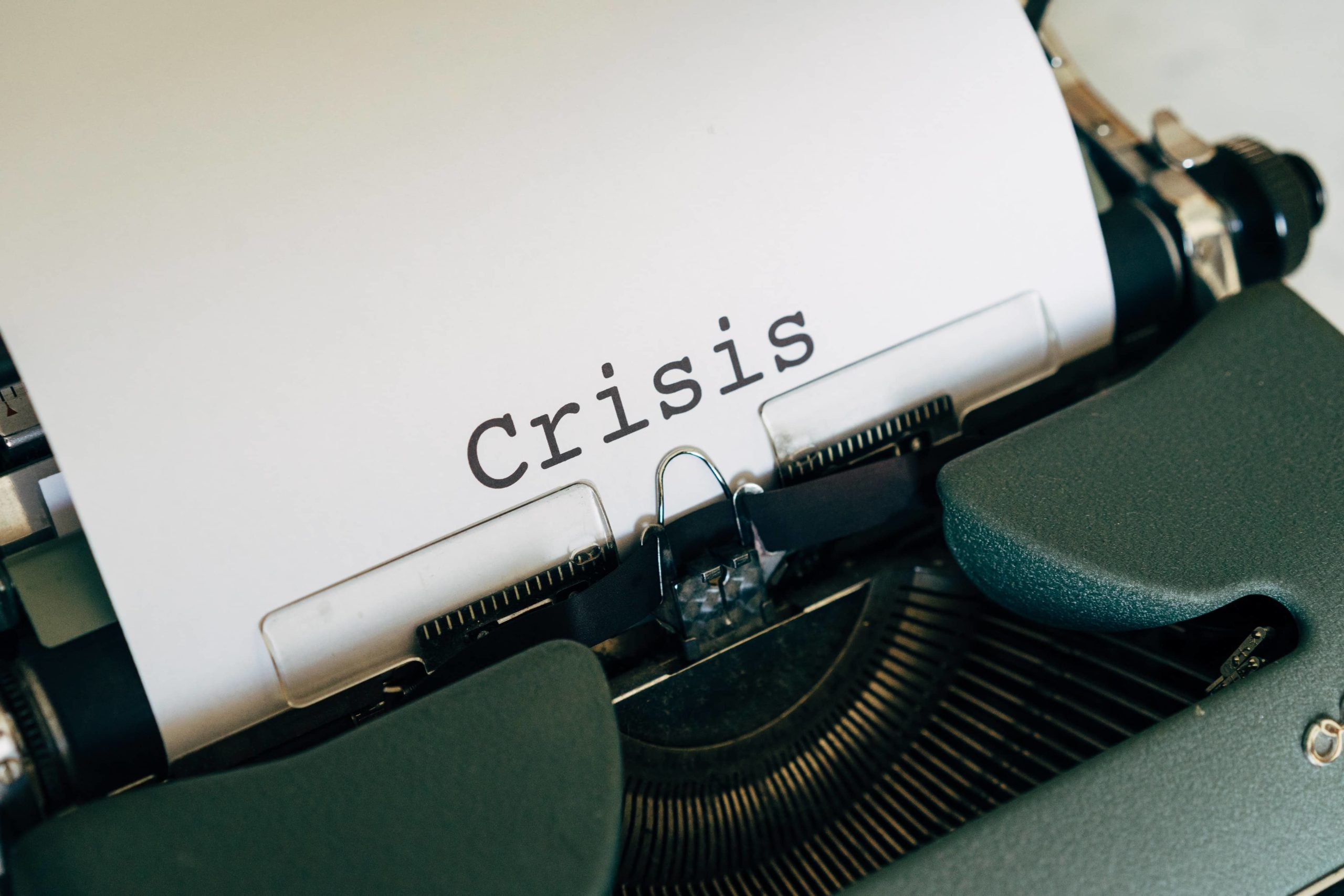What if I told you that most PR crises begin as minor issues that spiral wildly out of control? This concept may be unnerving, but it’s no reason to panic. Business leaders and organizations often have the power to prevent a full-blown crisis. The key is taking action ASAP.
Here’s what I’ve learned from my crisis management experience: the jump from “minor issue” to “viral failure” isn’t really a jump at all. In most cases, CEOs and the businesses they lead make a chain of gradual and progressively larger mistakes when faced with a problem.
Through our governing organization, PRSA, I recently took a course in Advanced Crisis Management, as I’m always looking for ways to increase my knowledge base and best represent my clients. The professor, Helio Fred Garcia, cited Robert Mittelstaedt’s book, Will your Next Mistake be Fatal?, and discussed common mistakes that CEOs make in crisis.
The Mistake Chain Applied to the United Airlines Crisis
According to Mittelstaedt, the mistake chain is a set of seven events that escalates a manageable issue to a significant crisis. Let’s look at his chain through the lens of one of the most noteworthy examples in recent history, one that began with an ill-fated United Airlines flight.
A flight was overbooked, and United Airlines needed four passengers to give up their seats to make room for crew members. They did what airlines do and offered vouchers to passengers in exchange for their seats. No takers. The computer picked four people to kick off the plane. One man refused to leave, culminating in him being forcibly removed from the plane.
Step 1: Failure to correct a seemingly minor or isolated problem
The problem that United Airlines faced wasn’t an uncommon one. Passengers get bumped from overbooked flights all the time, and offering vouchers to volunteers who are willing to give up their seats is a standard tactic. In other words, there was no PR crisis—at least not yet.
Step 2: A subsequent problem compounds the original problem
United Airlines offered passengers $800 vouchers but still couldn’t get enough passengers to give up their seats. They decided to use a computer to pick the passengers randomly, and one of the men who was selected refused to exit the plane. He said he was a doctor with patients waiting for him to return, and he didn’t want to accept the voucher and change his flight.
Step 3: An ineffective corrective action
When the man refused to budge, a security detail took matters into their own hands and physically dragged him down the aircraft aisle and out of the plane. This course of action was in line with United Airlines’ policies and procedures.
Still, it wasn’t a good decision from a customer service or media relations perspective. Nearby passengers captured the incident on video and shared it on social media, initiating a PR firestorm that reflected poorly on United Airlines.
Step 4: Disbelief that the situation is getting out of hand
As the video made the rounds on social media, viewers were understandably appalled by United Airlines’ actions. So, too, were the other passengers on the plane. In the video, a woman can be heard shouting, “Oh my God, what are you doing to this man?”
Despite the strong reactions to the incident, United Airlines didn’t act quickly to mitigate the PR crisis that was brewing.
Step 5: Denying the truth of what’s happening
Here’s where crises often reach the point of no return. Typically, when an organization denies that something happened, their denial takes the form of an insufficient or tone-deaf statement from the CEO. In United Airlines’ case, their CEO called the incident an “upsetting event,” adding, “We apologize for having to re-accommodate these customers.”
The statement missed the mark big time. At the time, there was no apology to the man who was dragged off the plane. And spinning a forcible removal as re-accommodating a customer was a complete misrepresentation of what happened. Their audience was unsatisfied, and they had every right to be.
Step 6: Sudden recognition that a situation is out of control
After the CEO made his statement, the crisis had reached the status of a full-blown disaster. It was impossible to avoid the viral video on social media. People began posting pictures of their cut-up United Airlines credit cards and publicly disparaging the company.
Step 7: The ultimate disaster
The crisis culminated for United Airlines with the social media firestorm and a lawsuit filed by the passenger who was harmed, who claimed to have suffered a concussion and a broken nose.
How to Stop the Mistake Chain from Progressing
United Airlines could have prevented, or at least mitigated, this PR crisis at multiple points. One rule of the mistake chain is that the earlier you take proper action, the better your organization will weather an initial storm—and avoid a Category 5 hurricane.
Here are three general courses of action that can help stop the mistake chain from progressing:
Empower your staff
In United Airlines’ case, the staff was following directions. But had one of them felt they could have increased the amount of the voucher or taken any other course of action, the outcome might have been different. Giving employees the latitude to develop creative solutions under stress can prevent unfortunate situations.
In addition, make sure that your employees are empowered to say something when they see bad behavior on the job. Ideally, a CEO should know what’s coming before it’s on social media so they can prepare accordingly.
Review, then change, policies that are irrelevant
When I work with crisis management clients, I ask them to assess all of their policies to see if they hold up in our world today.
In a post-#MeToo and COVID-19 society, policies that seemed sensible five years ago may no longer be relevant or appropriate. Examine the policies and procedures in your company’s handbook to consider how they are applied, if they actually work, and whether there is any evidence of their success.
Use the four-question test
During crisis management, CEOs should ask themselves four questions to decide whether or not they need to respond to the issue at hand:
- Do our stakeholders expect us to do or say something at this point?
- If we stay quiet, will that be interpreted as indifference, or worse, guilt?
- Are we part of outside conversations that we haven’t responded to, with others shaping the perception of our crisis?
- If we do not respond now, will we lose the ability to influence a more positive outcome?
If you answer “yes” to any of these questions, it’s time to act!
No one wants a crisis on their hands. The good news is that most crises are entirely preventable. If you’re looking for a crisis management partner, get in touch with me today!

